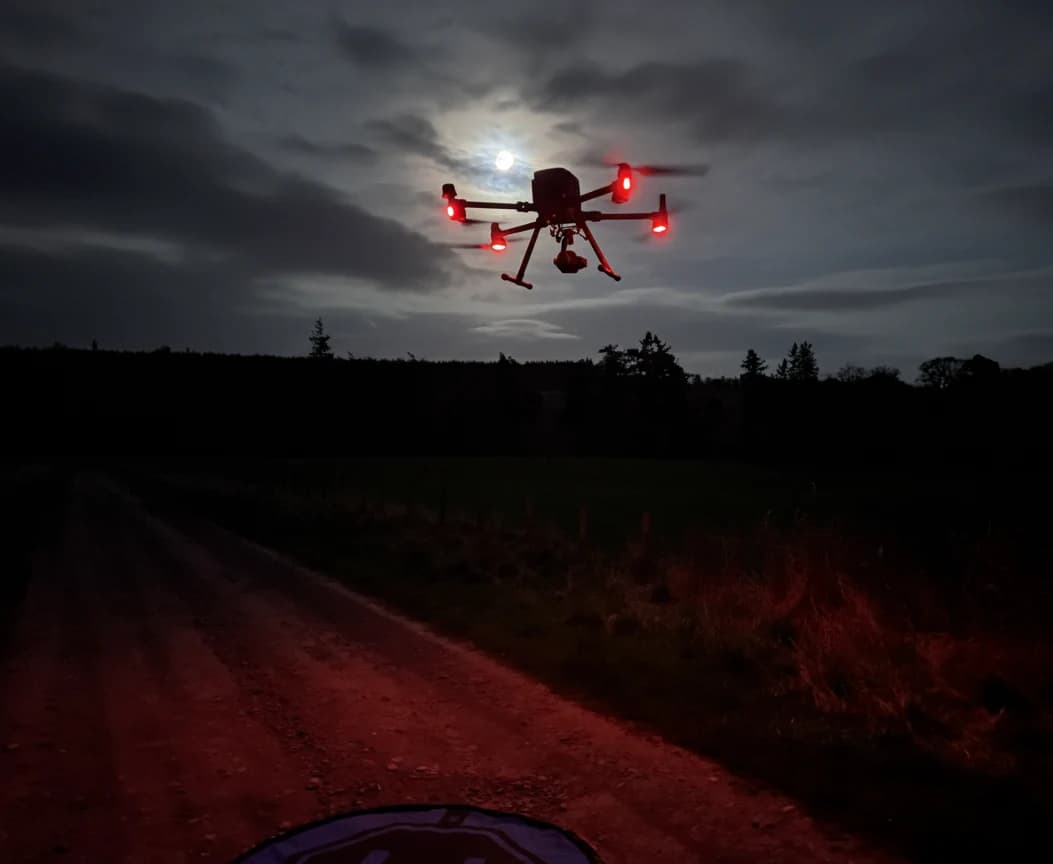
The truth is, your drone doesn't need Wi-Fi or cell service to fly—a lesson I’ve learned flying commercially in the most remote parts of the Scottish Highlands.
It relies on a direct, point-to-point radio link between your controller and the drone, typically on the 2.4 or 5.8 GHz bands, which is why you can still get a perfect video feed miles from anywhere.
Whether you're a hobbyist planning a trip to a remote canyon or a professional lining up a shoot off the grid, this guide will give you the practical steps to fly safely and confidently without a connection.
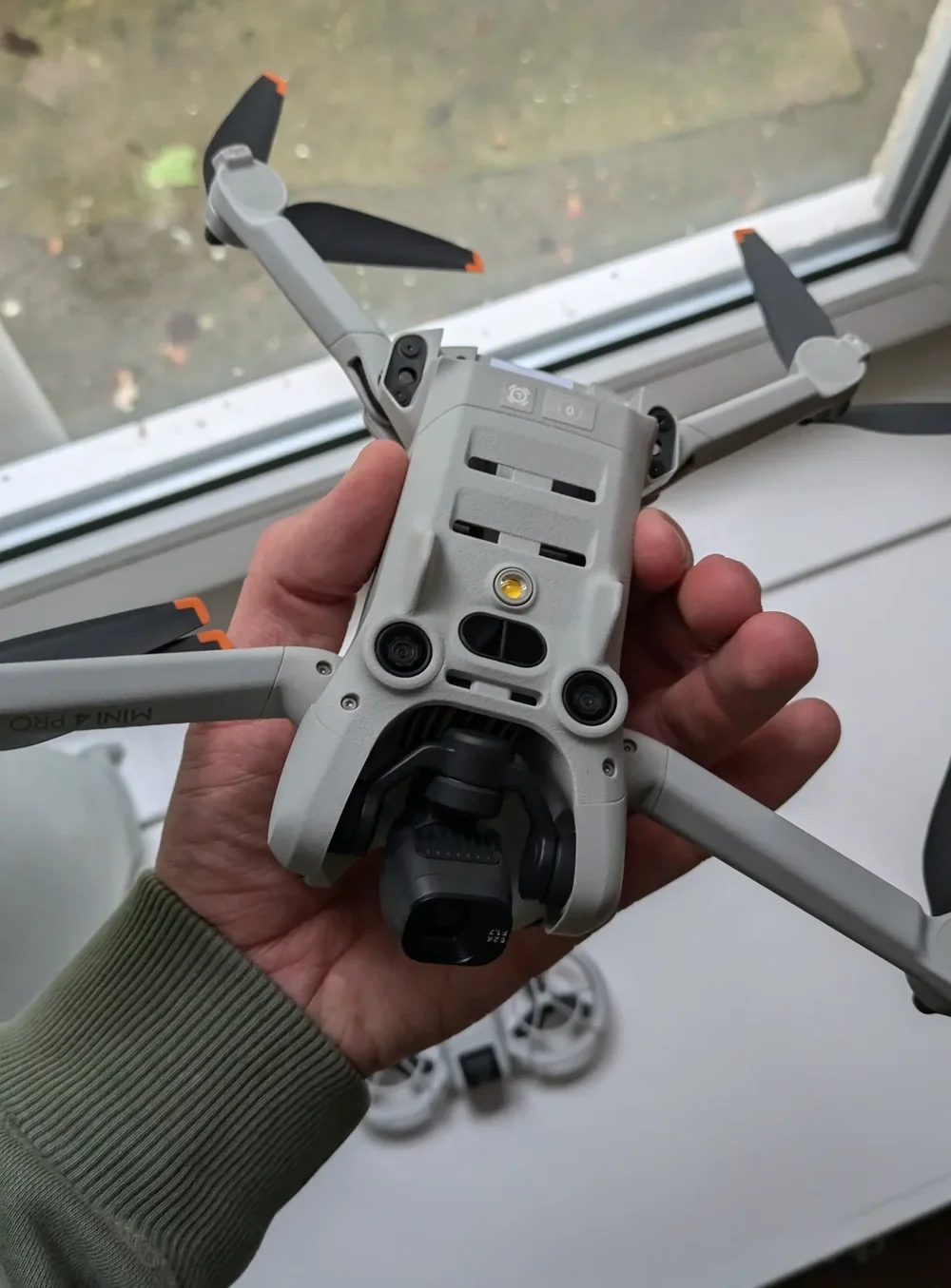
30 Second Summary
- Most consumer drones operate through radio frequency (RF) transmission, not Wi-Fi, for flight control functions
- Drones can capture and store high-quality photos and videos to onboard microSD cards without Wi-Fi connectivity
- Remote controllers communicate with drones via proprietary RF protocols that function independently of internet connections
- GPS and onboard processors enable autonomous navigation features even in areas without Wi-Fi coverage
- Wi-Fi is primarily needed for advanced features like live streaming, firmware updates, and map data downloads
How Drones Communicate: Radio Signals, Not Wi-Fi
While many people assume Wi-Fi is essential for drone operation, most consumer drones fly perfectly well without it. The primary technology is a direct radio frequency (RF) link between the controller and the drone.
Your controller emits radio signals that the drone receives through its antenna, allowing for real-time communication. This means you can fly in remote areas without internet access or cellular service.
Most consumer drones operate on either 2.4GHz or 5.8GHz frequency bands. Your controller establishes a direct point-to-point connection, eliminating the need for external networks.
Frequency | Primary Advantage | Primary Disadvantage | Best Use Case |
|---|---|---|---|
2.4 GHz | Longer range, better at penetrating obstacles. | More susceptible to interference from other devices. | Flying in areas with trees or buildings. |
5.8 GHz | Faster transmission speeds, less interference. | Shorter range, weaker signal through obstacles. | High-speed flying in open, clear areas. |
Personally, I almost always stick to the 2.4 GHz band when I'm flying in wooded areas or around buildings. While it can be a bit more crowded with other signals, that ability to punch through a tree branch or the corner of a building has saved my connection more times than I can count.
These RF systems can have ranges from 500 meters to several kilometers. Higher-end models feature sophisticated frequency-hopping technology that automatically switches channels to maintain a strong connection.
Crucially, one of the most important drone functions works perfectly offline: capturing media. Your drone's onboard storage—usually an SD card—lets you capture high-resolution photos and 4K video without any internet connection. Everything is saved locally for you to access later.
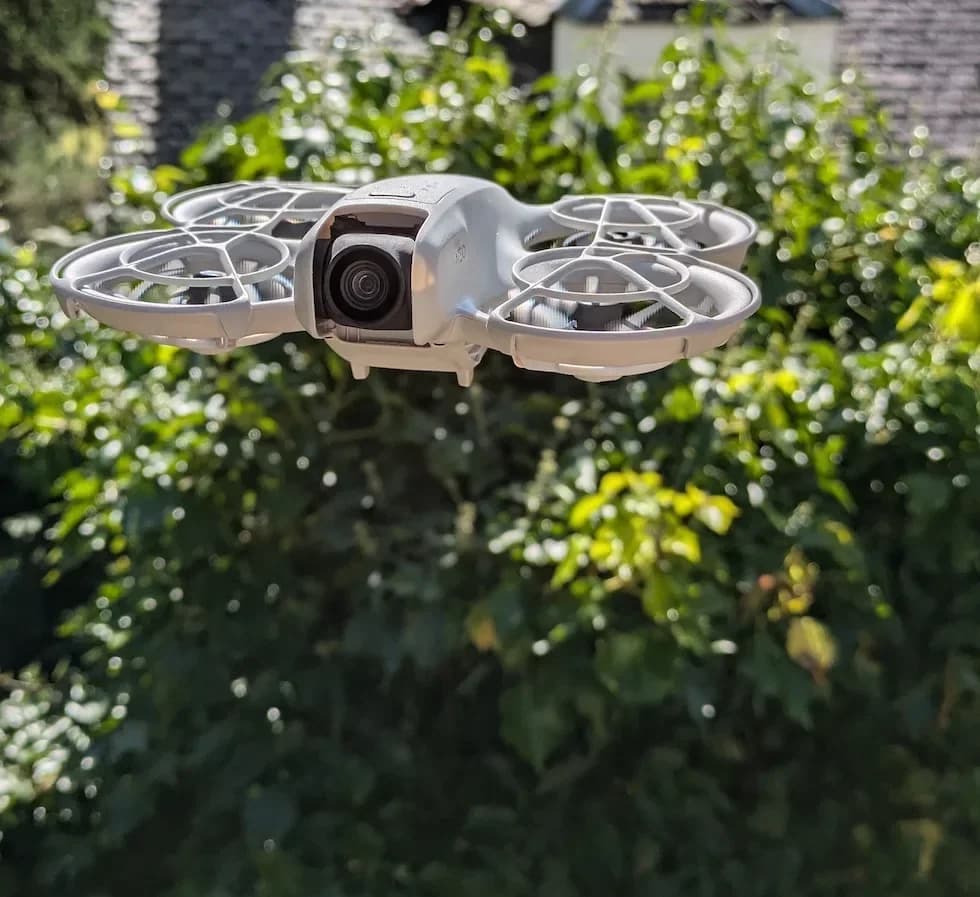
When Do You Actually Need Wi-Fi?
So if you don't need Wi-Fi for basic flight, why do drones have it? While not essential for flying, Wi-Fi enables many convenient features that enhance the experience.
You'll need an internet connection to:
Download Firmware Updates: Manufacturers push important software updates that fix bugs and add new capabilities over Wi-Fi.
Livestream Footage: Broadcasting your flight directly to social media requires an active internet connection.
Instantly Share Media: Wi-Fi lets you transfer photos and videos to your smartphone or tablet for quick editing and sharing, eliminating the need to manually remove the SD card.
Use Advanced App Features: Companion apps often use Wi-Fi to sync flight data (like flight paths and battery performance) an, access cloud storage, or use detailed flight planning tools.
For me, the most critical Wi-Fi function is firmware updates. I once put off an update before a big shoot, thinking it wasn't important. Halfway through the flight, the drone started behaving erratically because of a known bug that the update would have fixed. It was a stressful lesson, and now I never fly without checking for updates first.
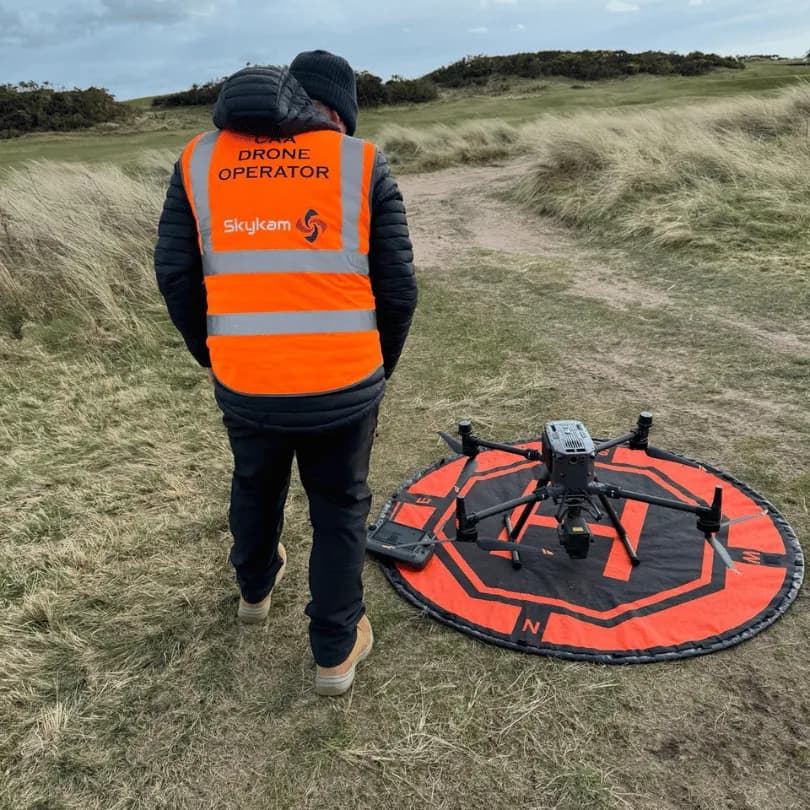
How to Prepare for an Offline Flight
To ensure a smooth experience when flying without internet access, it’s best to prepare while you still have a connection. Follow this pre-flight checklist:
Check for Firmware Updates: Before you head out, ensure your drone, controller, and companion app are all running the latest software.
Download Offline Maps: If your drone app uses maps for navigation, download the map data for your planned flight area ahead of time. Trust me on this one; there's nothing worse than getting to a stunning location and realizing your app won't load the map you need to set up a complex shot.
Charge All Batteries: Make sure your drone, controller, and any connected devices (like your phone or tablet) are fully charged.
Format Your SD Card: Clear and format your memory card to ensure you have maximum space for new photos and videos.
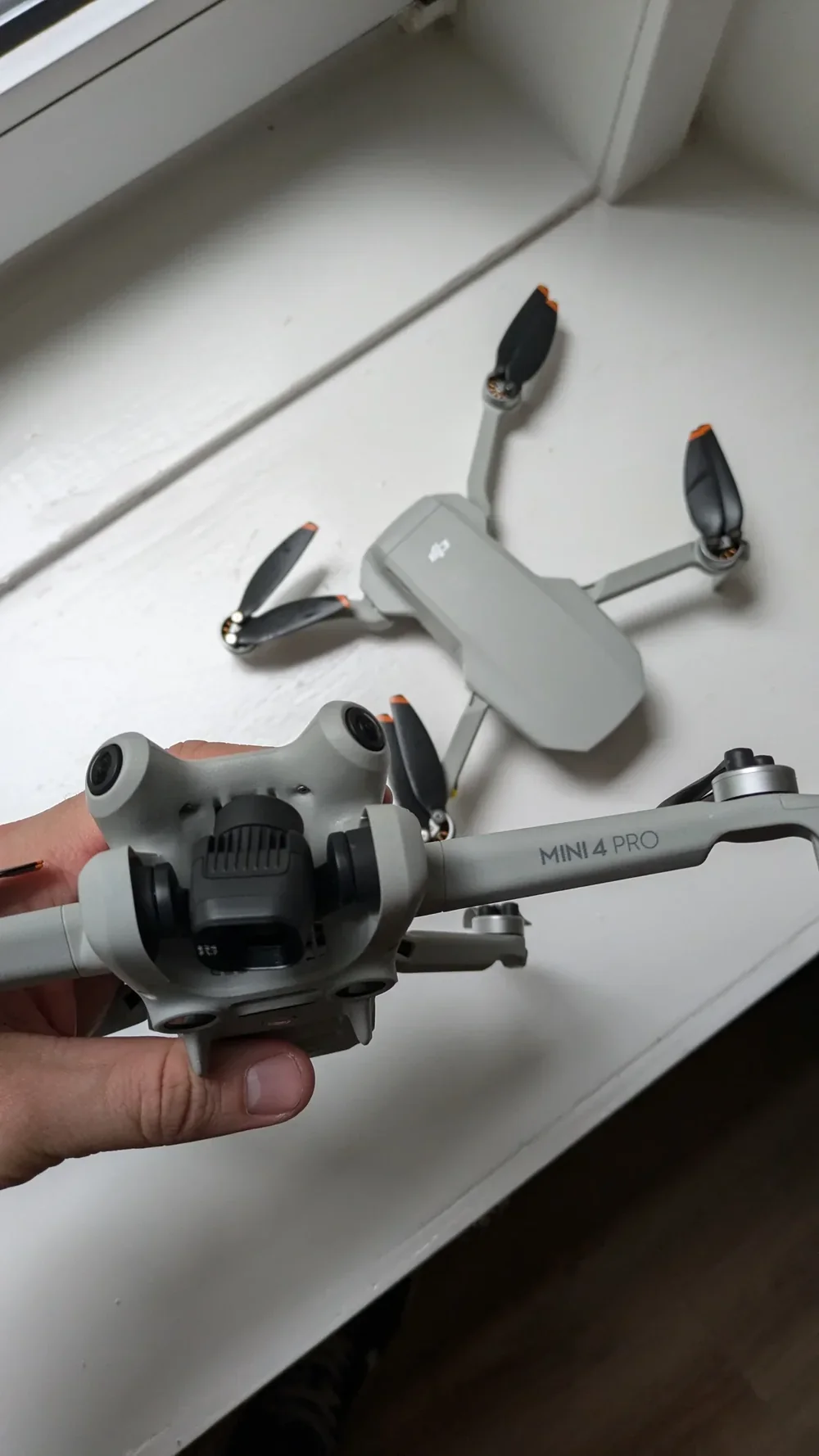
How to Download Offline Maps (DJI Mini 4 Pro Example)
While connected to Wi-Fi, open the DJI Fly App on your smartphone or controller.
Go to your Profile section.
Tap on Offline Maps.
You can either use the search bar or pan and zoom on the map to find your flying location.
Tap the Download button, select the specific area you need, and confirm. The map data will be saved directly to your device.
Frequently Asked Questions
What Is the Range of a Drone Without Wi-Fi?
The range of a drone without Wi-Fi depends on its radio control system. Most consumer drones can reach 500-1500 meters using standard RC controllers. Professional models might extend to 5-8 kilometers. Your range will vary based on the drone's quality, controller strength, and environmental factors like obstacles and losing signal. Some advanced drones use cellular networks or satellite connections to achieve virtually unlimited range.
Can Drones Be Hacked Through Wi-Fi Connections?
Yes, drones can be hacked through Wi-Fi connections. Your drone's Wi-Fi signal creates a vulnerability that hackers can exploit to intercept data or take control of your device. They might jam signals, execute deauthentication attacks, or use packet sniffing to compromise your drone. To protect yourself, always update firmware, use strong passwords, and enable encryption. The single biggest thing I do for security is simply avoiding connecting to my drone's Wi-Fi on public, unsecured networks, like at a coffee shop. Do all your file transfers at home.
Do Cellular-Enabled Drones Perform Better Than Wi-Fi Drones?
Cellular-enabled drones typically outperform Wi-Fi drones in range and reliability. You'll get much greater flight distances with cellular connections, often reaching miles beyond Wi-Fi's limited range. They're less susceptible to interference and provide more stable connections in crowded areas. However, you'll pay more for cellular drones and their data plans. Wi-Fi drones remain sufficient for shorter-range operations where you don't need the extended coverage cellular provides.
How Does Weather Affect Drone Radio Signals vs. Wi-Fi?
Weather affects both radio and Wi-Fi drone signals, but in different ways. Flying in rain, fog, and humidity weaken Wi-Fi signals more severely due to their higher frequencies. Radio signals (typically lower frequency) penetrate precipitation better, giving you more reliable control in adverse conditions. Wind doesn't directly impact signal quality but can strain your drone's ability to maintain position. You'll notice significantly reduced range in stormy weather regardless of connection type.
Are There Legal Restrictions for Flying Drones Without Wi-Fi?
Yes, legal restrictions for flying drones exist regardless of Wi-Fi usage. You'll need to follow the UK's aviation regulations, primarily the Drone and Model Aircraft Code. These include registration requirements, flight altitude limits, maintaining visual line-of-sight, and avoiding restricted airspaces. Some countries mandate internet connectivity for tracking purposes, but most laws focus on how and where you fly, not your connection method.
Feature
Requires Wi-Fi?
Requires Radio Signal?
Notes
Core Flight Controls
No
Yes
The basic ability to fly the drone.
Record Photos/Videos
No
Yes
Media is saved to onboard storage (SD card).
Live Streaming
Yes
Yes
Requires an internet connection to broadcast.
Firmware Updates
Yes
No
Connect to Wi-Fi to download updates.
Fly Anywhere with Confidence
Flying a drone without Wi-Fi isn't just possible—it's often essential for capturing unique footage in remote locations. As this guide shows, success depends on meticulous preparation and understanding your equipment.
But for commercial projects where you can't afford mistakes, hiring an expert is the surest path to success.
At HireDronePilot, the UK's premier managed marketplace, we solve this challenge by connecting businesses with verified professional drone pilots who specialise in operating in complex, off-grid environments.
We streamline drone services through competitive bidding, ensuring quality, compliance, and value for every aerial project across the United Kingdom.
Ready to capture breathtaking aerials from the UK's most remote landscapes without any of the guesswork? Hire a professional drone pilot today and let an expert handle the technical details.
About the Author

Written by
Peter Leslie
Peter Leslie is a CAA-approved commercial drone pilot with 10+ years experience and over 10,000 flight hours. He holds the GVC and A2 CofC drone licences with full CAA Operational Authorisation. Peter is a member of ARPAS-UK, the UK's non-profit trade association for the drone industry. He founded HireDronePilot to connect UK businesses with qualified, insured drone operators.
Looking for More Drone Work?
Join the UK's leading network of professional drone pilots and grow your business.
Open Access
Bid on any job - all jobs open to all pilots
Grow Revenue
Access high-value commercial projects
Stay Busy
Fill your schedule with regular work
Related Articles

Our Drone Survey Service In Stirling, Scotland
Bringing you Stirling drone survey data from areas no one else can fly.

How Much Does A Drone LiDAR Survey Cost
Forecasting your drone LiDAR survey cost requires understanding what's hidden beyond the initial quote.

Step By Step Process Of Drone LiDAR Survey
Next, discover the crucial post-flight steps that determine your survey's success.
